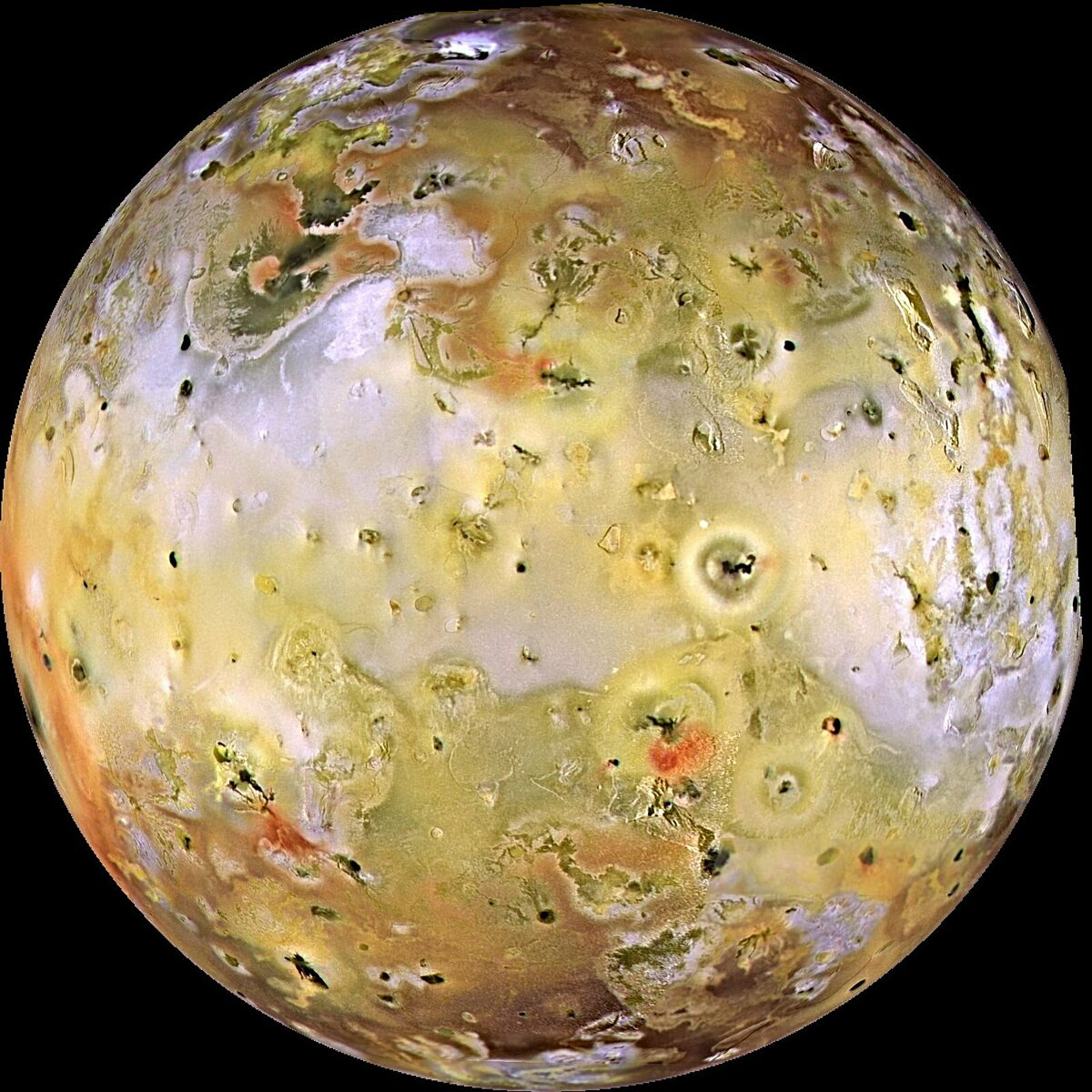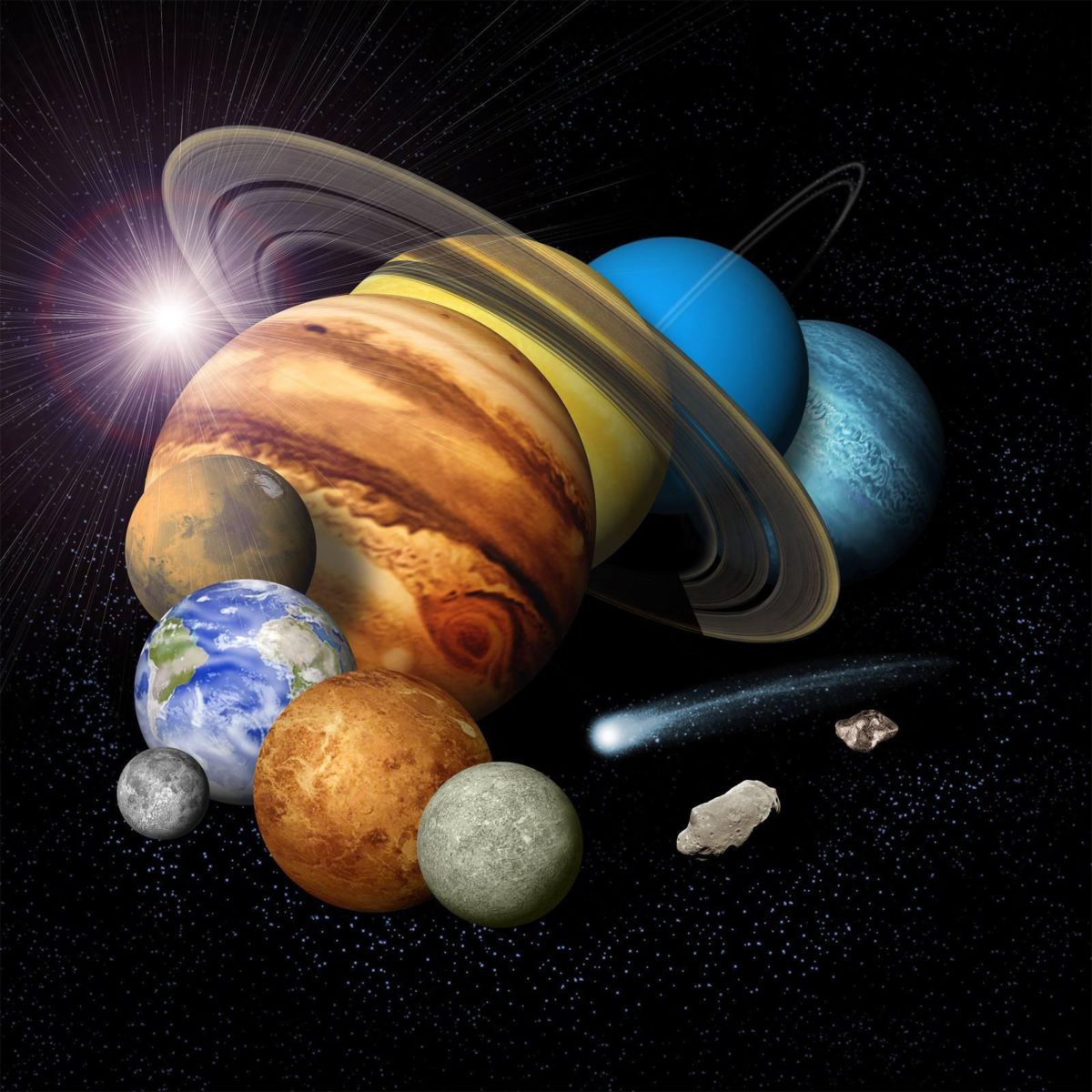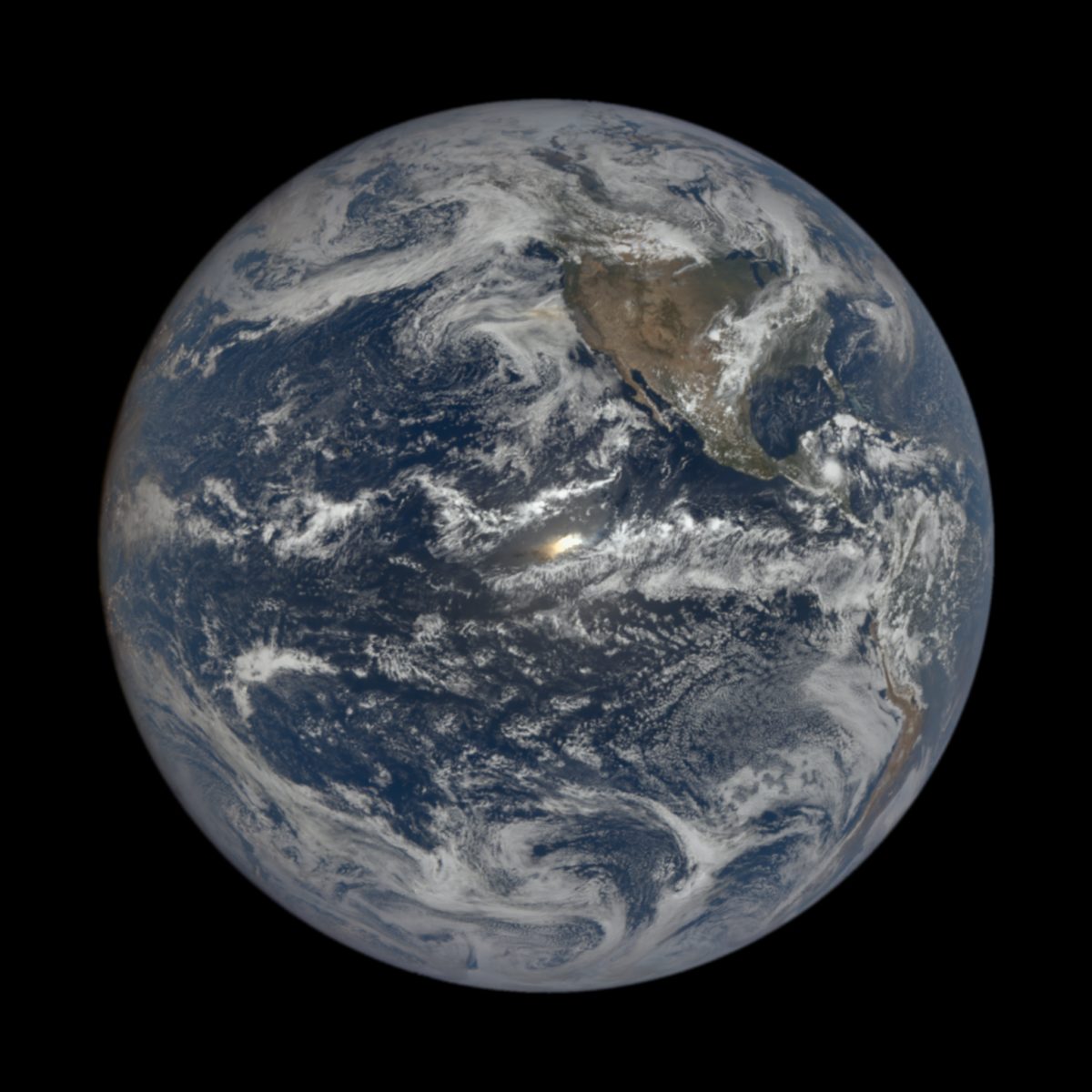All
All
Stories, updates, insights, and original analysis from The Planetary Society.
Out-of-this-world astronauts (literally)
Celebrating 50 years of Apollo 17, the last crewed mission to the Moon.
Much has passed in decades past
With anniversaries come reflections, and there’s a lot to look back on in the history of space.
Gifts from above
The Cosmos has so many gifts to give us, from awe-inspiring images to fascinating discoveries. We’ve got our own set of gifts to recommend too.
Launching and descending
Artemis I is on its way to the Moon, Planetary Academy is here to inspire your kids, and LightSail 2 has come down.
Two pale blue dots
Reflecting on Carl Sagan’s influence on this pale blue dot we call Earth.
Best space pictures of the month: October 2022
Stunning views of Europa and the Eagle Nebula headline our roundup of space images released last month.
How do planets get moons?
Here are the distinct ways in which the moons of our Solar System formed.
Our planet’s day in the sun
Celebrate Earth Day by appreciating some of the unique and quirky characteristics of our home world.
Onward to 2022
Looking back at an amazing year in space, here on Earth and beyond.
Optimism, ethics and pride
The values that have driven space exploration since its beginnings are still going strong today.
Mind-blowing pictures of the solar system's most volcanic worlds
An up-close look at volcanoes in space and how they differ from those on Earth.
The best seat in the solar system
Look at some extraordinary views from space and imagine what you’d see if you had the best seat on SpaceX’s Dragon capsule.
Solar System History 101
How did our solar system come to be? Why are the planets, asteroids, comets, and other small worlds where they are now?
Your guide to future total solar eclipses
Bruce Betts and Sarah Al-Ahmed provided a guide to all total solar eclipses through the end of the 2020s, with dates and locations.
Carl Sagan’s wisdom and vision, and how far we’ve come since his time
Even Sagan would be amazed by multitudes we now know our cosmos may hold. Learn more, plus get your scoop on the week’s space news.
What’s up (and down) in space?
Wrap your head around orientations in space, and learn the latest in space exploration news.
Fun With a New Data Set: The OSIRIS-REx Earth Flyby
The OSIRIS-REx team recently issued their first data release to the Planetary Data System. This release doesn’t include any closeup pictures of asteroid Bennu, but it does include all the pictures they took during their September 2017 Earth flyby.
Imaging the Earth from Lunar orbit
Radio amateurs around the world worked together to take an image of the Earth and the far side of the Moon.
NASA Then & Now
A collection of before and after slider images showing how views of planets in our solar system have changed over the years since NASA was created.
Favorite Astro Plots: The Pyroxene Quadrilateral
Petrology is a field of science in which scientists study the compositions of rocks and minerals and interpret their geologic history. A common graph petrologists use is the “pyroxene quadrilateral.” These graphs, like photos of space, can reveal an understanding of the remotest parts of the solar system.


 Explore Worlds
Explore Worlds Find Life
Find Life Defend Earth
Defend Earth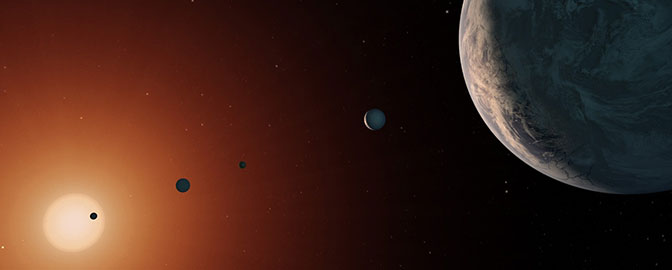
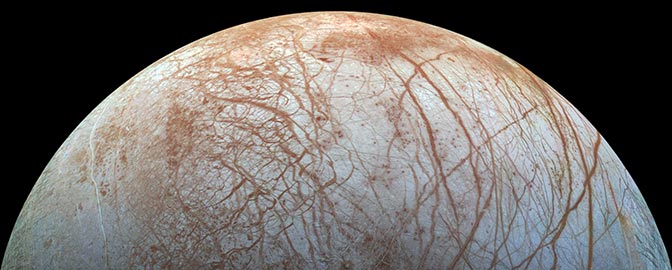
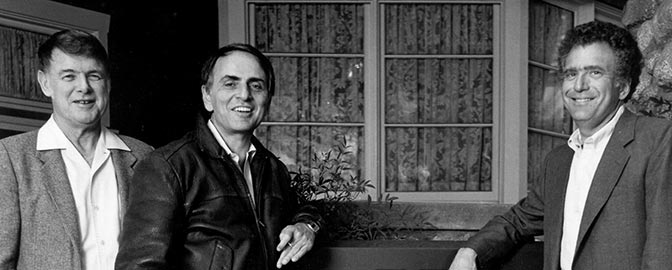
 Sun
Sun Mercury
Mercury Venus
Venus Earth
Earth Mars
Mars Jupiter
Jupiter Saturn
Saturn Uranus
Uranus Neptune
Neptune Small Bodies
Small Bodies









